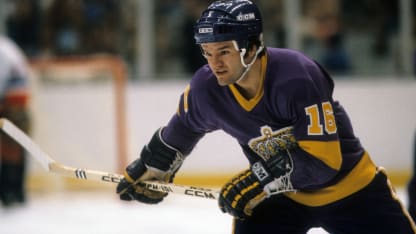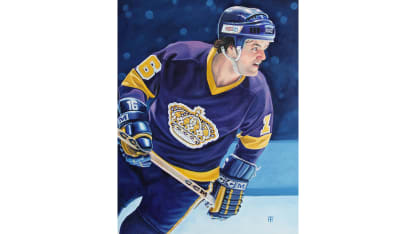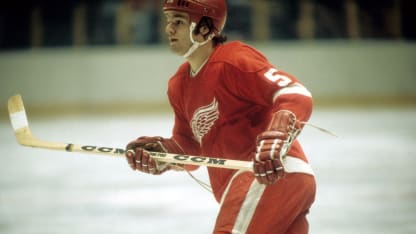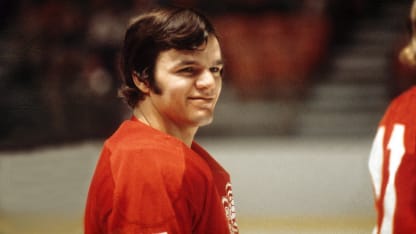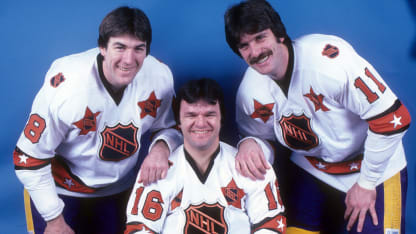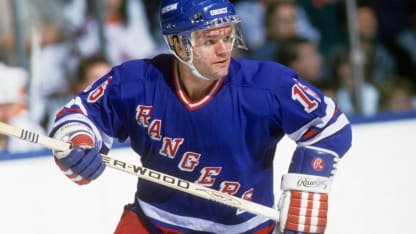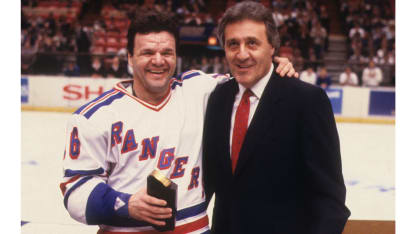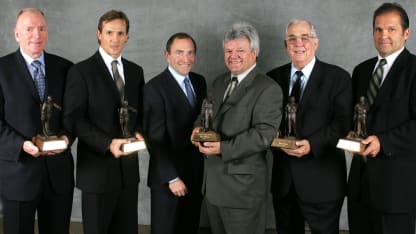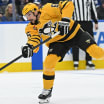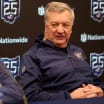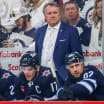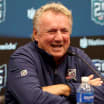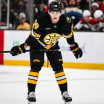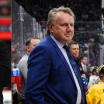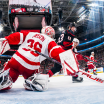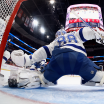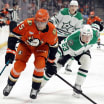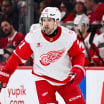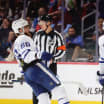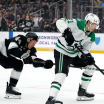It was just another midseason game. It turned into something more, a personal duel between two All-Star centers: the New York Rangers' hulking 33-year-old, Phil Esposito, and the Los Angeles Kings' diminutive 25-year-old, Marcel Dionne - "pint-sized," as the New York Times called him. Dionne scored a goal 43 seconds into the Jan. 9, 1977 game at Madison Square Garden and later set up three more by Butch Goring, Dave Hutchison and Gary Sargent. But when Esposito slammed home a Carol Vadnais pass for his third goal of the game with 50 seconds left in the third period and goalie Gilles Gratton pulled for a sixth attacker, tying the game 4-4, it appeared Dionne's efforts would only get the Kings a point.
As the pumped-up Garden crowd celebrated Esposito's goal, way up in the last row of the Blue Seats, a 20-something guy hugged his father, who remained strangely subdued. The father wasn't really a hockey fan; basketball was his game. But he knew athletic brilliance when he saw it. Pointing to the player, who seemed no taller than the height of the net, the father said, "Watch Dionne. He's going to win it."
